Wednesday will mark the end of the 40-day mourning period for Mahsa Amini, but Iran’s nationwide protests spurred by her death in custody on September 16 show no signs of slowing.
Iranian security forces have killed at least 215 people since the demonstrations’ start, the Norway-based Iran Human Rights reported last week. Yet unrest persists.
Who is demonstrating and what do they want?
The mass protests’ chosen slogan—“women, life, freedom”—strikes at the heart of the Iranian regime’s theocratic rule. Women were among the first to protest the Islamic Republic after its revolutionary founder, Ruhollah Khomeini, implemented mandatory veiling shortly after taking power in 1979. Today, protesters see the survival of Iran’s clerical leadership as antithetical to women’s rights. Chants of “death to the dictator” have echoed across Iran from day one of the current demonstrations.
The protests reflect Iran’s increasingly secularized and youthful population. Public opinion is difficult to reliably measure in dictatorships, but a 2022 survey of nearly 17,000 people living inside Iran found that the majority opposed “a system governed by religious law.” Most arrests have been of protesters under age 20.
“They’re not shaped so much by their families. They’re certainly not shaped by Iranian state-run media and propaganda. They’re shaped by what’s out there in terms of the information available to any consumer,”Alex Vatanka, founding director of the Iran Program at the Middle East Institute, said of the younger demonstrators. “This generation is also fearless, which is a major distinguishing factor.”
Though they’re led by Iran’s secular youth, calls for regime change aren’t confined to one demographic or political background. Recent demonstrations among Iran’s lower and working classes reveal cracks in the Islamic Republic’s self-assigned role as champion of “the vulnerable.” The Naziabad area of Tehran, once a stronghold for regime supporters, has witnessed some of the most violent displays of resistance in recent days. Workers in various sectors, including the oil and gas industry, have gone on strike in solidarity with protesters.
How does this differ from previous protests?
Many people have compared the latest unrest to the Green Movement, which began after the rigged reelection of Mahmoud Ahmadinejad as president in 2009. Supporters of “moderate” candidate Hossein Mousavi and other reformers took to the streets in the tens of thousands calling for a democratic Iran.
But while the Green protesters advocated for change within the framework of the Islamic Republic, the demands of the current demonstrations are “leaps and bounds more progressive,” said Kaveh Nematipour, an Istanbul-based analyst who was forced to leave Iran for his participation in the 2009 and 2010 protests. “We were asking for our votes in the Green Movement, but also we were defending someone who was a quintessential part of the regime,” he added in reference to Mousavi.
That’s not the case for the current protests. “Folks who are coming out are not led by anyone within the regime, nor are they looking to anyone in the regime for leadership. They are much more spontaneous, grassroots,” said Vatanka. “The young and women are leading the way, and they’re not asking for anything less than the removal of the Islamic Republic.”
Analysts say the latest demonstrations are better understood as the continuation of several nationwide protests between 2017 and 2020. The COVID-19 pandemic disrupted those movements but not before security forces killed an estimated thousands of participants. Each wave of protests has grown larger, more violent, and more uncompromising.
What challenges do Iranian revolutionaries face?
Protesters seeking regime change face an entrenched dictatorship. For four decades, the regime tightened its grip over Iran’s security services and civil society. The regime is unlikely to willingly surrender control even in the face of a possible civil war: Its leaders have nowhere else to go.
“They know that if they stay in Iran, they will all be killed, their families probably will be killed. And where do they have to go?” Shay Khatiri, a participant in Iran’s Green Revolution, said in an interview. “Revolutions succeed because there’s a political decision made to give up power, and we have every reason to believe that’s not going to happen in Iran.”
Current protests are also disorganized. Even as the Iranian diaspora rallies impressive displays of resistance in mass protests across Europe and elsewhere, its leaders (at least those not imprisoned by the government) are torn on what a post-Islamic Republic Iran would look like. Competing factions have called for a socialist state, a democratic republic, and even the restoration of a hereditary monarchy. Perhaps the most popular face of the opposition is Reza Pahlavi, the exiled son of the last shah, though he claims to have no interest in running Iran as either an elected official or a monarch.
“One of the reasons that the regime lives is that the opposition to it is so monumentally ineffective,” Nematipour said. “You cannot overthrow a regime from Berlin or Vancouver or Frankfurt.”
Despite their lack of uniformity, regime opponents inside Iran are more confrontational than ever before. The official IRNA news agency reported that at least three members of the Islamic Revolutionary Guard Corps-aligned Basij militia have been killed, and 850 more injured, since the start of the unrest. Isolated stories of protesters capturing and torturing security officials have also emerged—another major departure from the non-violent approach espoused by the Green Movement.
“The trend is clear and speaks for itself. The trend is one of more anger, more radical demands,” Vatanka said. “And that means unless the regime is willing to listen to them, which has not been the case so far, the recipe tells us that the future will be one of more confrontation on the street level.”
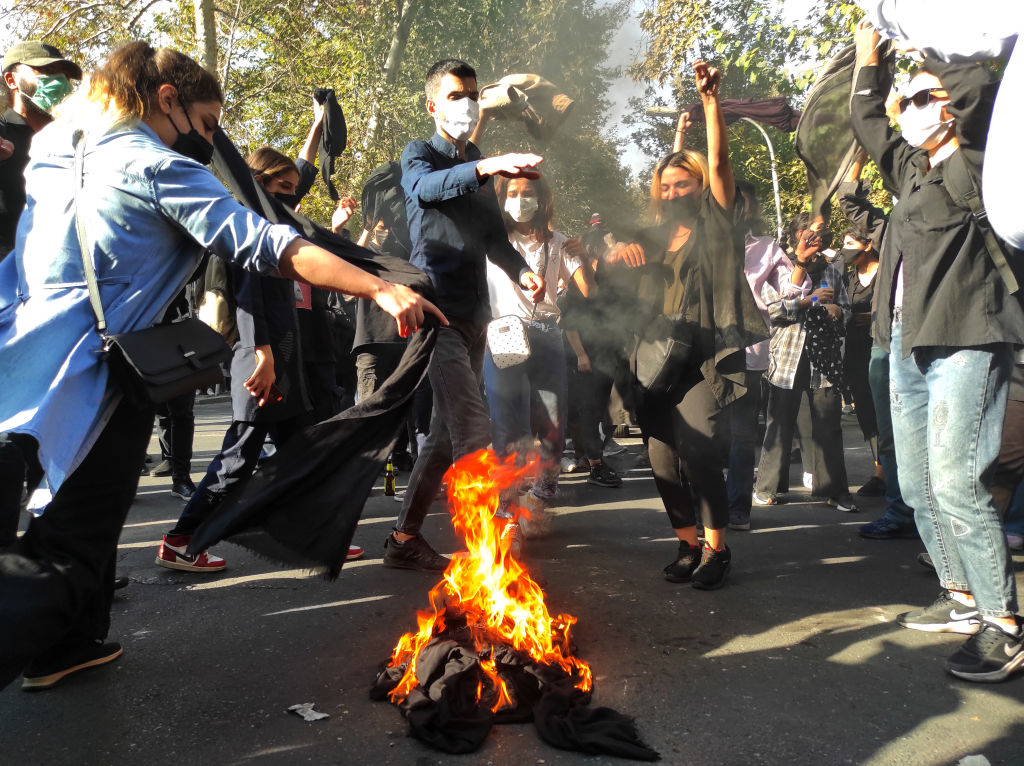

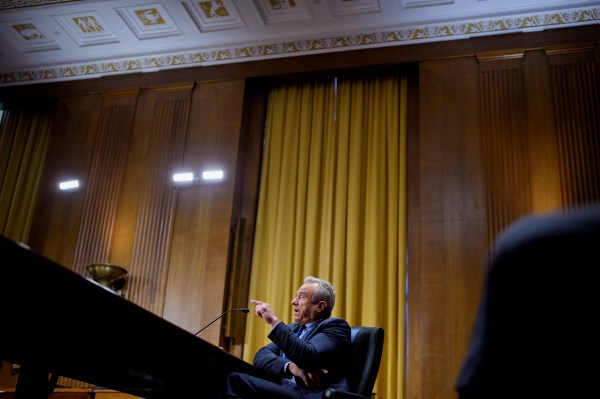
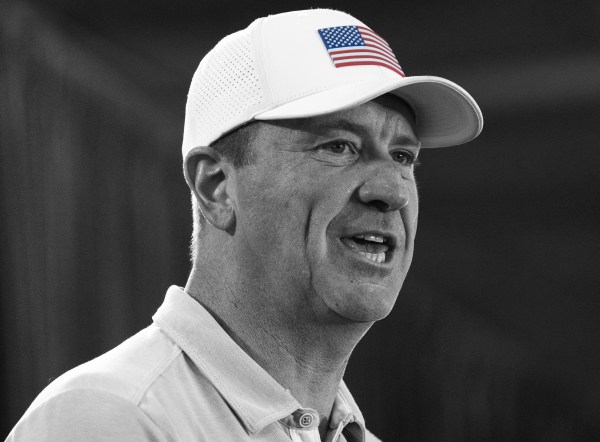

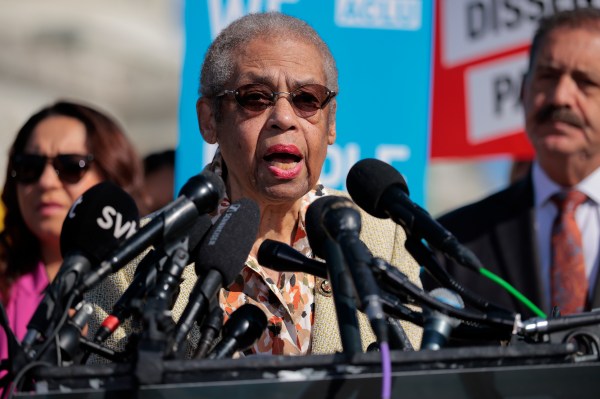
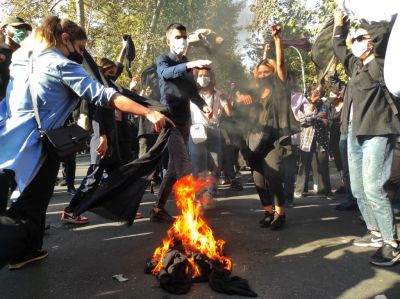
Please note that we at The Dispatch hold ourselves, our work, and our commenters to a higher standard than other places on the internet. We welcome comments that foster genuine debate or discussion—including comments critical of us or our work—but responses that include ad hominem attacks on fellow Dispatch members or are intended to stoke fear and anger may be moderated.
With your membership, you only have the ability to comment on The Morning Dispatch articles. Consider upgrading to join the conversation everywhere.